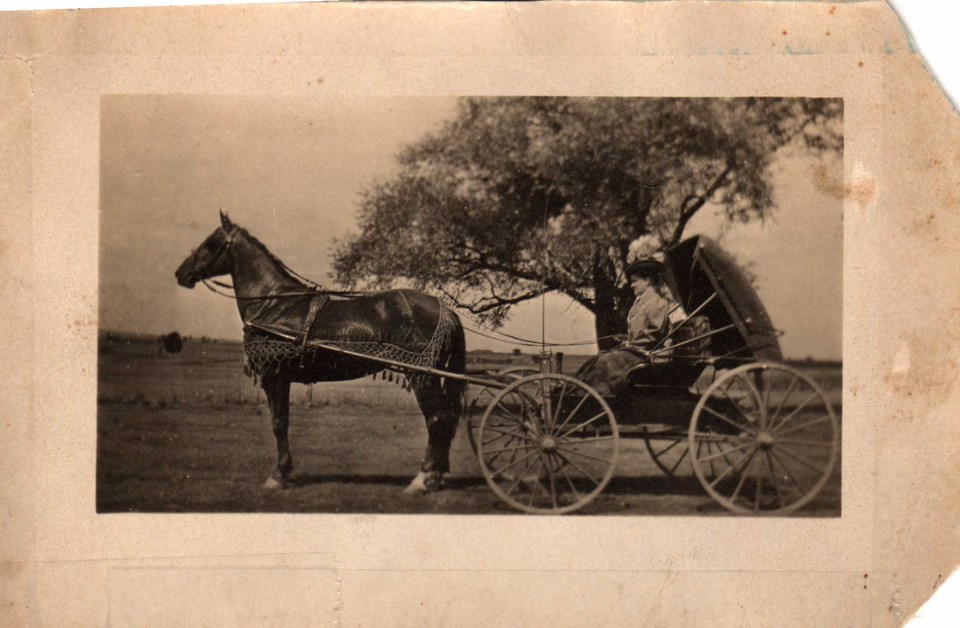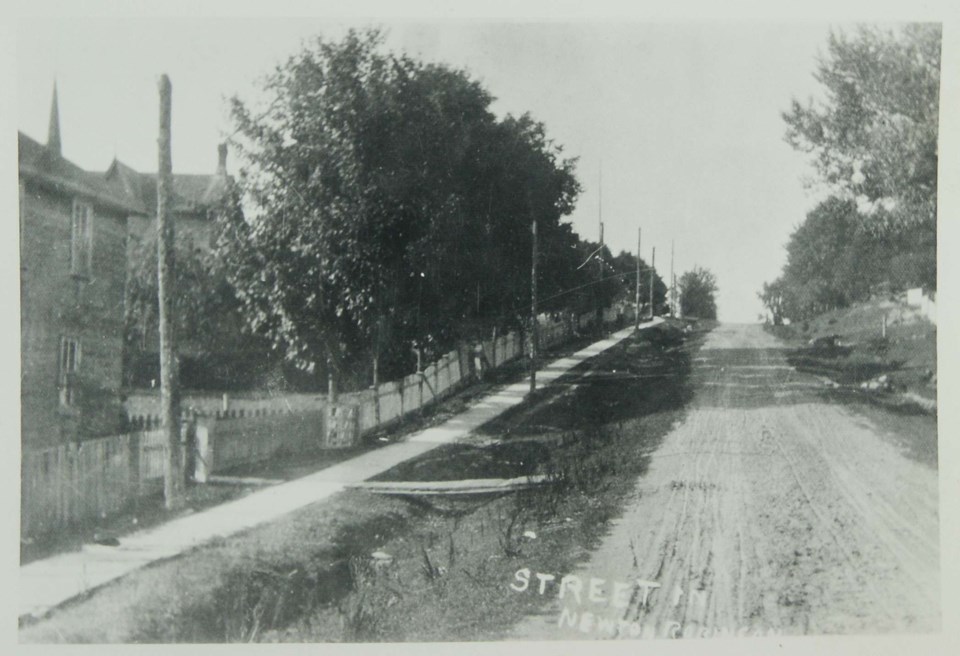Newton Robinson, located in Bradford West Gwillimbury at the crossroads of County Road 27 and 10th Line, is a sleepy community.
However, in the 19th century, it was anything but.
The village was founded in the 1830s and was originally known as Latimer’s Corners, after John Latimer, who built a small store at the corner in 1836 and later added a hotel.
Residents needed a place to worship, so, in 1840, a modest log church was constructed. This satisfied the village for a time, but it soon became obvious a larger and more appealing House of God was needed. Latimer sold two-thirds of an acre to the trustees and, in 1849, a new frame church was built on this site. Eventually, this, too, was replaced, by a fine brick church.
A school also appeared early in the village’s history. As it was with the church, the first school was a simple log structure, but in 1858, a new frame school was built to house the growing class of students. At one point, enrolment was so high, the school required two teachers, which was unusual for the day.

The community faced an identity crisis when William Chantler arrived from England in 1850, established a general store, and became postmaster. As there was already a post office going by Latimer’s Corners, this new post office needed a new name.
It was decided to call the place Newtown Robinson in honour of W.B. Robinson, who represented Simcoe County in Parliament.
Eventually, the name was shortened to Newton Robinson.
As Newton Robinson grew, so, too, did the number of businesses. There were two inns in town: the Traveler’s Rest Inn and the Farmers Inn, formerly the Latimer Hotel. An advertisement in 1867 proclaimed the Farmers Inn to be “the best house to stop at between Cookstown and Bradford.” The hotel still stands as a private residence.
A woollen mill was built by John and Isaac Merrick in 1843. The brothers later added a gristmill, sawmill, planing mill, and sash and door factory.
In 1882, a group of farmers joined together to form a Stock Company and build a cheese factory. Things didn’t begin well. The first two railway cars of cheese were shipped to Toronto, and the cheesemaker was sent along to sell it.
Unfortunately, this underhanded individual took the money and fled to the United States. He was never brought to justice, and the money was never returned. This was a blow to the Stock Company from which it never recovered, and the brothers were forced to close the cheese factory after just a few seasons.
At its height, Newton Robinson also included several blacksmiths, a tannery, a carriage factory, a harness maker, a shoemaker, a tailor shop, a barber, and a brick yard.
By the early 1900s, however, the once-teaming village had settled down to be a quiet agricultural hamlet. Newton Robinson had been bypassed by the railway, which caused many businesses to wither away or move to growing towns serviced by trains. One by one, the businesses closed, and the population began to dwindle.
Newton Robinson bustled no longer.



